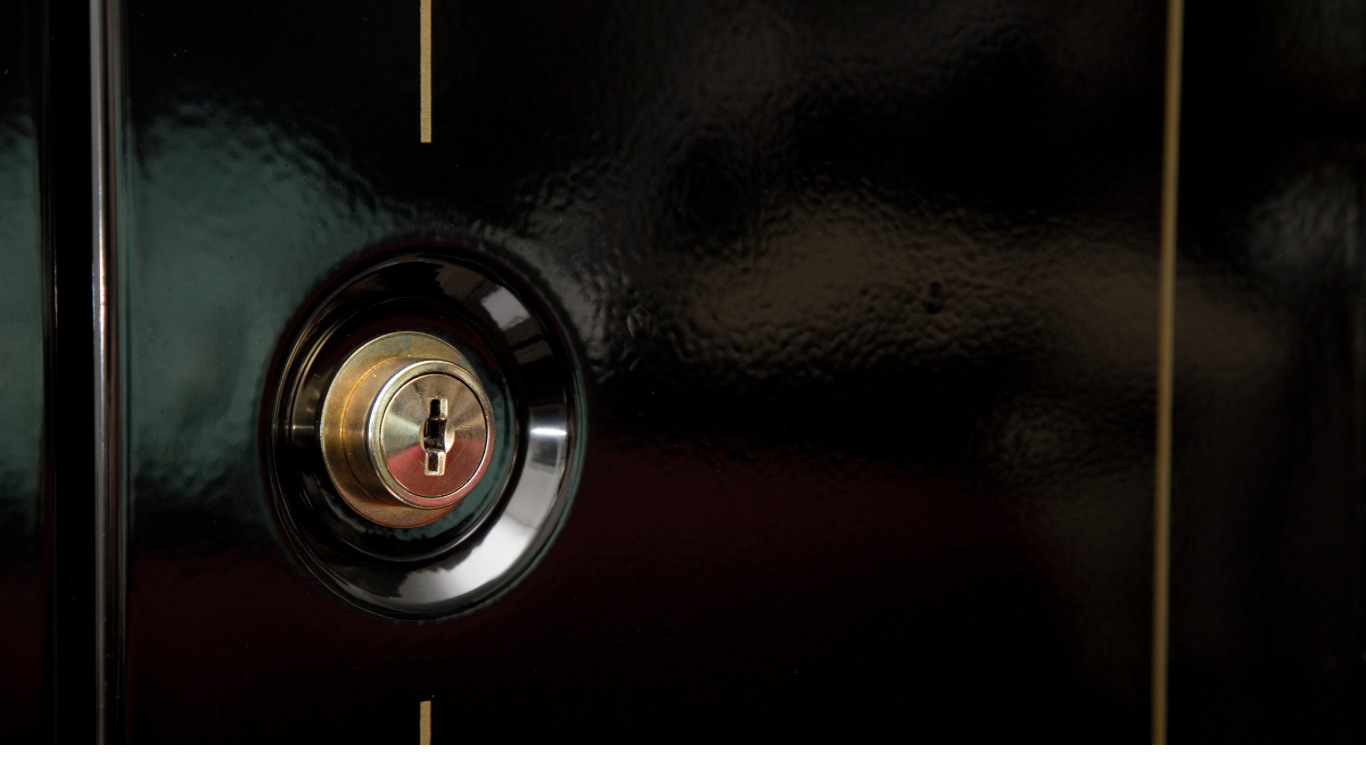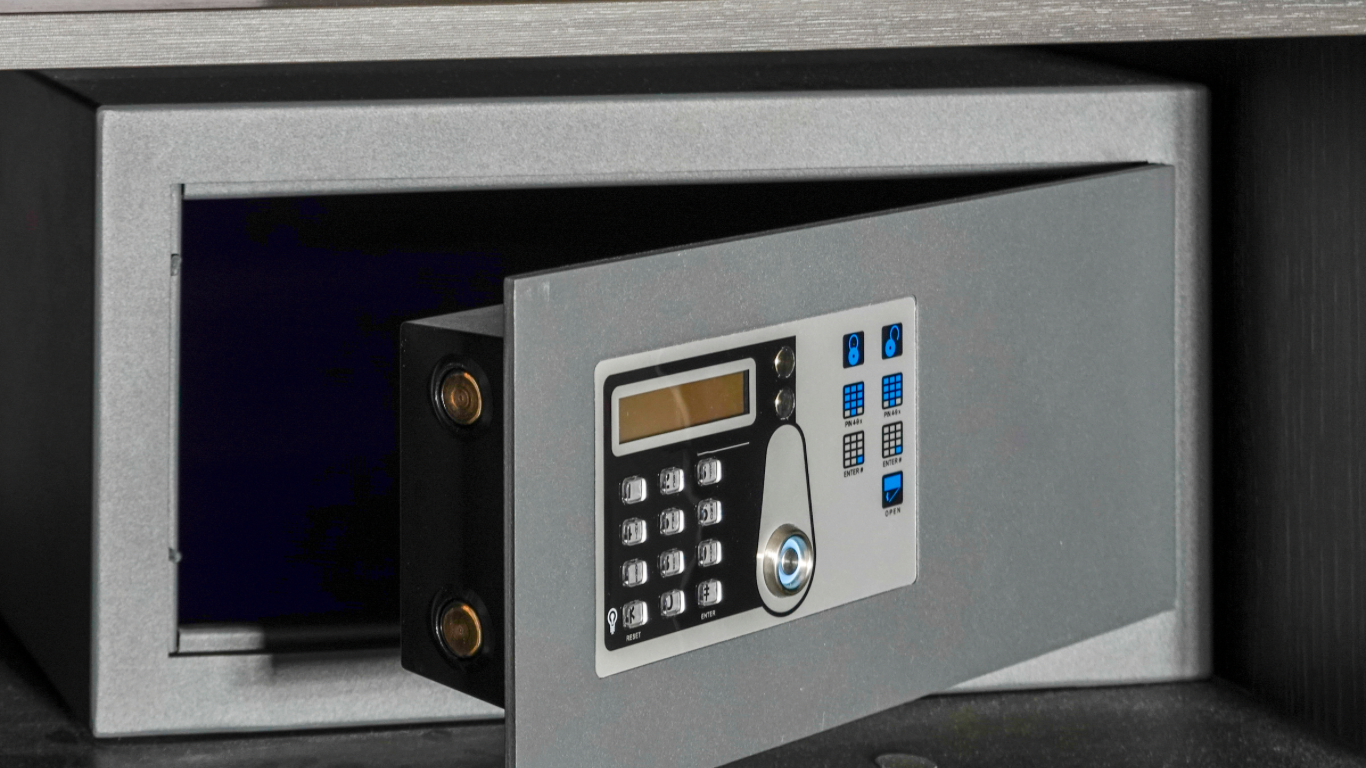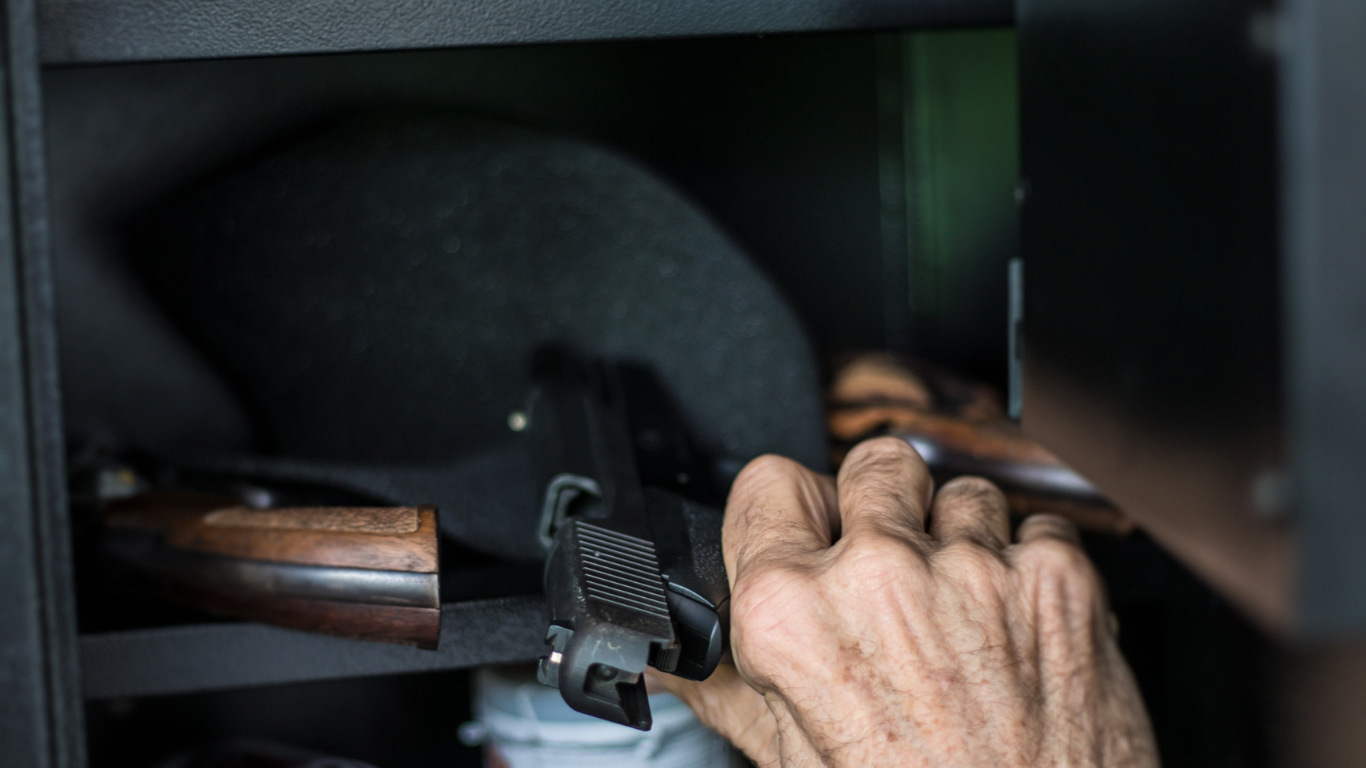Gun ownership requires a great deal of responsibility. Whether you’re an avid sportsman or a first-time gun owner, it’s crucial to know how to store your firearms safely. Properly storing firearms can prevent accidents and theft, protecting yourself and others. The ABCs of home gun storage are the cornerstones of responsible gun ownership. In this blog post, we’ll go over these three crucial aspects of home gun storage to help you keep your firearms secure and yourself safe.
A is for Access Control
One of the main pillars of home gun storage is access control. It’s crucial to limit access to firearms, both from unauthorized individuals and children. There are several ways to achieve this. One of the most effective is to use a gun safe or locking cabinet. These devices offer the highest level of security by keeping guns out of sight and out of reach. Other options include trigger locks or cable locks, which prevent the firearm from being discharged.
B is for Best Practices
Proper gun storage requires more than just locking up your firearms. Best practices include treating each gun as if it’s always loaded and never pointing a gun at something you’re not willing to destroy. It’s also recommended to store your gun unloaded when not in use. Ammunition and firearms should always be stored separately to prevent accidental discharge. It’s critical to emphasize that best practices apply to everyone in the house, not just gun owners. Every family member or house guest should be aware of gun safety rules and best practices.
C is for Climate Control
A gun safe or cabinet cannot offer complete protection if it is not in a climate-controlled environment. Extreme temperatures and moisture can lead to rust, corrosion, and damage to the gun’s mechanism. It’s essential to store guns in a dry and cool place, with a temperature range between 50-70 degrees. It’s also recommended to use a dehumidifier or desiccant to absorb any excess moisture. Store your gun in a dry cloth or gun socks, to prevent any scratches or damage.
D is for Documentation
Finally, it’s critical to keep accurate documentation of all your firearms. This includes knowing the make, model, and serial number of each firearm you own. It’s also important to keep records of any modifications or upgrades that have been made to your firearms. Documentation will help in the event of theft or loss, allowing for easier tracking of your firearms.
Conclusion
Responsible gun ownership is about more than just purchasing firearms. It’s crucial to store them safely to prevent accidents and theft. Remember the ABCs of home gun storage – Access Control, Best Practices, Climate Control, and Documentation – to ensure proper storage. By following these best practices, we can all do our part in keeping our communities safe.






